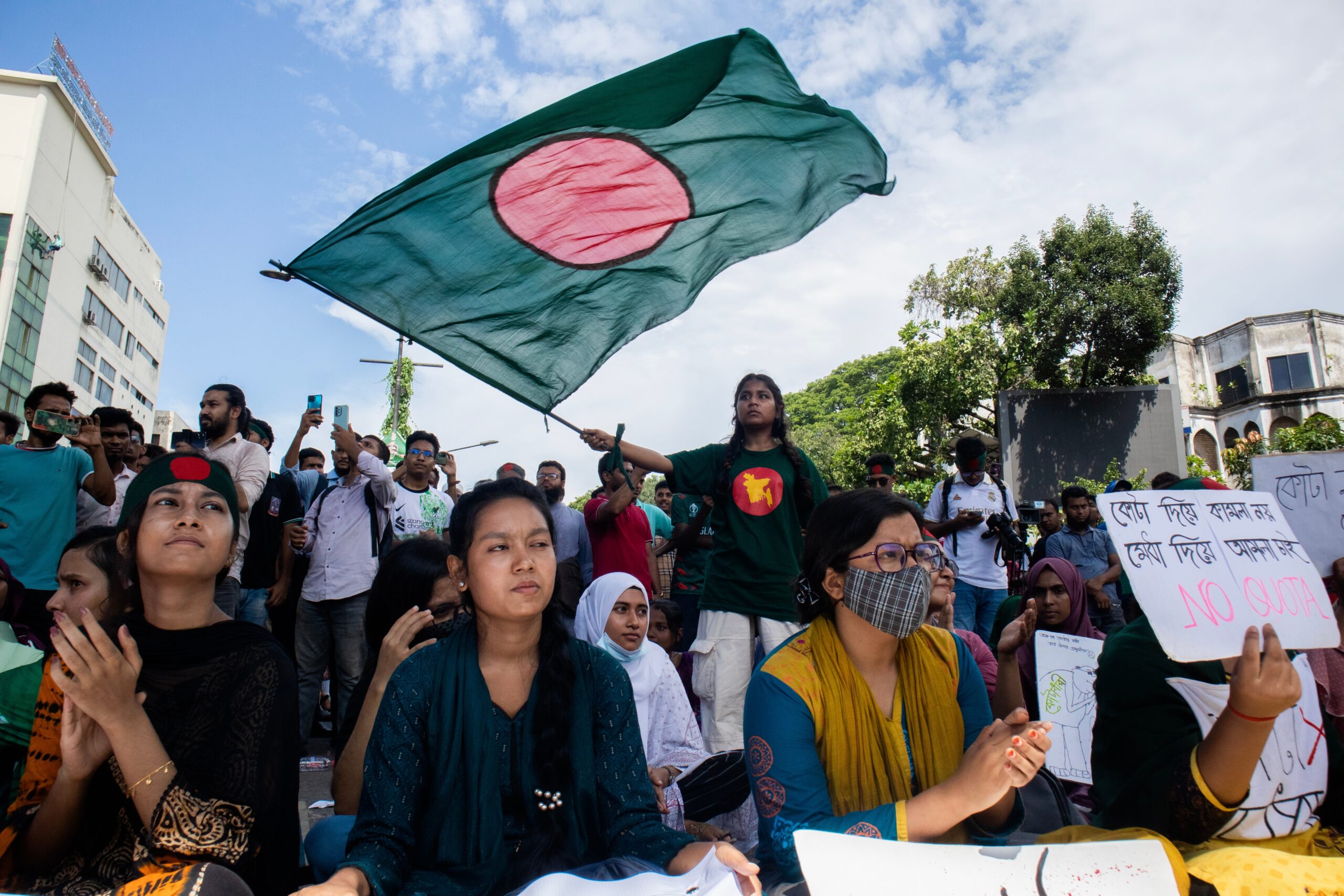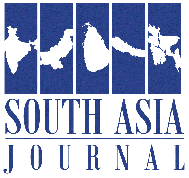
Revolutionary students of Bangladesh have again conducted another radical act of violence by demolishing the house of Shaikh Mujibur Rahman, Bangladesh’s founding father, following their successful overthrow of the fascist government of the country. The British newspaper The Guardian has described the event, “The attack was sparked by a speech that Hasina gave to supporters from exile in neighbouring India, where she fled last year during a deadly student-led uprising against her 15-year rule.” The Indian Ministry of External Affairs spokesperson immediately strongly condemned the act, calling it regrettable. Similar events have occurred in a number of other cities and towns around the country. Some news outlets have categorized these events as vandalism. Still, according to most observers and political commentators, these outbursts were students’ response to the ousted fascist regime’s continuous provocation. In our view, these events exposed many elements and stakeholders in society. Let us examine some aspects of these developments. We will also try to understand the direction in which the students identified as Gen Z are heading.
How did the events unfold?
The ousted Awami League (AL) leader Hasina made a public declaration from India that she would announce her month-long political program on February 5 with the objective of overthrowing the current interim government. In response, the students warned that if AL had moved forward with their program, they would demolish AL’s symbols in the country, beginning with her father’s residence in the capital city. Since AL did not care to pay any attention to their warning, students came prepared with bulldozers. They seem to enjoy some support from some quarters in the administration; their procurement of bulldozers indicates this. By the time Hasina came to deliver her online address, the demolition process had already begun, and she reportedly began to shed tears. The crocodile tear, however, did not appeal to the students. They continued to target AL symbols in other parts of the country for a couple of more days. They seem to have carried out their actions with some planning.
Interim Government’s Response
Early morning of February 5, the day the convener of the Anti-Discrimination Student Movement, Hasnat Abdullah, on his Facebook page announced the student group’s intention to eliminate fascism from Bangladesh, and it became clear only after the first attack that evening. As noted above, the Indian government reacted immediately with strong condemnation of the event, but Bangladesh’s interim government press wing issued a statement expressing “deep concern” over “attempts of vandalism and arson” two days later. The government also summoned the Indian High Commissioner in Bangladesh to protest against the fact that “Hasina’s speech was broadcast on all online platforms of her party, the Awami League.” These developments are signs of sensibility of the issue that relates to Bangladesh’s relations with India.
Interim Government’s Weaknesses
The events suggest that the students took the law into their own hands. Why? General developments in the country during the last six months clearly indicate that the interim government has failed to fulfill its aspiration. Although the Chief Adviser, Dr. Yunus, seems to enjoy everyone’s respect and trust, many observers have expressed their doubt about the competence and sincerity of other advisers in the administration. No major reshuffle has taken place in the civil administration, particularly in law enforcement agencies; many of those who served the fascist regime are still part of the government machinery. The administration has failed to explain last December’s fire incident at the secretariat building. One may cite many other similar events.
One of the most complex mysteries of the ousted fascist government was the detention centers known as Mirror House or Ayena Ghar, where many victims of enforced disappearances were reportedly regularly tortured. There have been strong demands from members of the civil society to conduct a thorough inquiry about the phenomenon. The interim government announced a thorough inquiry about the matter, but Sweden-based Netra news reported on February 5 that “officials briefed on sensitive government deliberations say the army now fears a public inspection of the detention centres involving survivors and journalists could tarnish its image.” The report continued saying, “It remains unclear whether the chief adviser intends to continue his original inspection plan, modify it to accommodate the military’s wishes, or abandon it altogether. For now, the promised visit, once hailed by rights groups as a turning point in the country’s opaque security apparatus, appears to be in limbo.” However, the Chief Adviser has visited a few houses identified as mirror houses in the capital city today (February 12), and major news outlets have reported this. He is reported to have described practices of these detention centers as those of the Days of Ignorance. This is a reference to the pre-Prophetic time in Arabia – a period strongly condemned in the Islamic tradition.
Nevertheless, following the renewed student uprising on February 5, the government seems to have become more active in responsive to student’s demands. One student adviser has come forward, assuring the protesters that the government will soon take steps to ban AL from the political arena in the country. This is significant because the AL thugs again attacked student protesters in Gazipur, wounding five. This has led the Home Affairs Adviser to undertake firm action and hunt down AL thugs. Even the BNP has issued a statement asking the government to take action against the remnants of the ousted government’s thugs around the country. These are all positive developments that one must appreciate.
Challenges of Writing History
One of the main reasons for the student revolt against the ousted fascist Hasina regime was the manipulation of national history by undermining the soul of Bengali Muslim identity. Professor Rashiduzzaman, who taught political science at Dhaka University before 1971, has recently written an article highlighting the process in which the regime, with India’s blessings, had planned to undermine “the historical roots of the Muslim distinctiveness in colonial Bengal.” He has also pointed out how Hasina’s fascist regime distorted the history curriculum by exaggerating data related to 1971, glorifying her family, and undermining the spirit of Bengali Muslim identity that had emerged during the past centuries. In an article earlier in this series, we have underlined how the 1971 liberation struggle was a rupture in Bengal’s long history of the formation of this identity, but the fascist regime tried to undermine that soul by distorting history. The July Revolution was a result of such manipulation of history, and the last February 5 uprising was a continuation of the July Revolution. The continuation seems to remind the interim government that it should not take their demands lightly.
Concluding Remarks
With the passage of time, I had developed the view that Gen Z is too much into technology and does not think seriously about world affairs. But they have proved me wrong. In the ocean of misinformation, they seem to know which information to accept and which to reject. I hope they develop the Socratic Method to find the truth.
